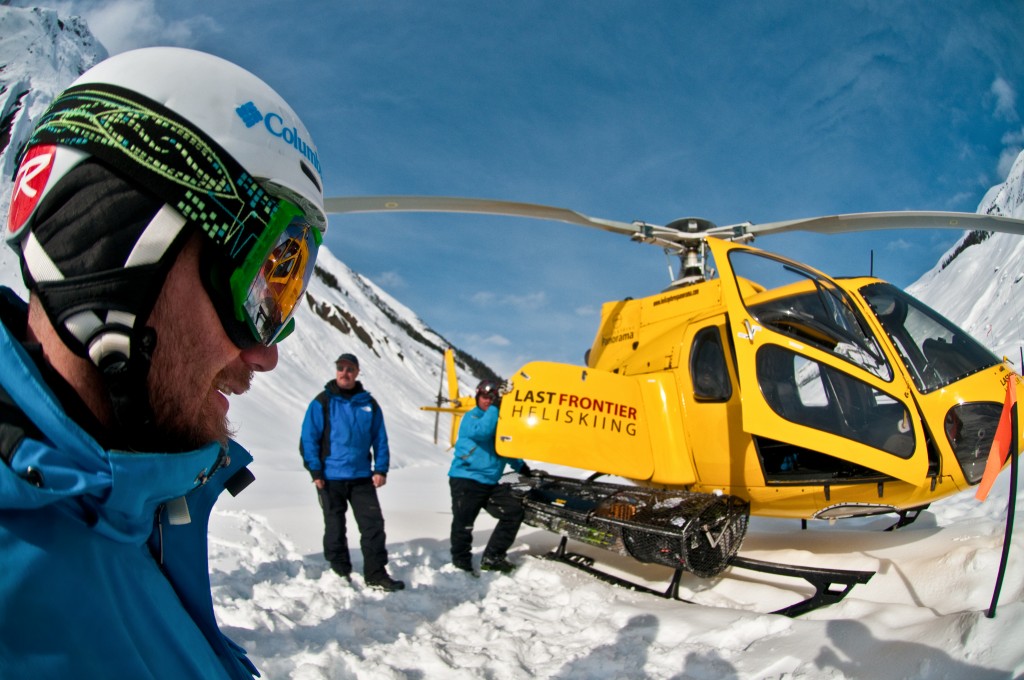Heli Skiing Powder – What Goggles do you need?
Goggle and especially lens technology has improved dramatically in the past few years, to the stage that manufacturers have recently even added GPS systems and full HD cameras to some of their models. Ignoring these innovative creations for a while, lets look at what improvements have been made to the conventional goggle, in the fight to prevent fogging and give improved clarity, when making some epic turns heli skiing powder in BC.
Photochromic lenses have been around in regular eyeglasses for many years now. Innovations have made it possible to transfer this technology from glass to plastics, and many ski goggle manufacturers have utilized this to provide a range of lenses that adjust to sunlight. In essence, the stronger the sun shines, the darker the lens becomes, blocking out more of the harmful UV rays that other low light lenses do not.
The other option is goggles with interchangeable lenses. Most manufacturers offer a whole range of tints to choose from; often two are supplied as standard. Tints come in many varieties to deal with different situations, such as pink or yellow for low-light days, or brown and greys to block out unwanted sunlight on bluebird days.

Glare reduction comes in two main forms, mirror technology or polarization. The mirror technology is more affordable, and does a good job at blocking out unwanted glare. Polarization however virtually eliminates glare, by filtering out the light that bounces off horizontal surfaces. It can be found as a film, infused in the layers of the lens, or as a coating. One disadvantage with this is that shiny surfaces, such as ice, appear matte – not ideal in demanding situations.
Another thing to look out for with lenses are whether they are tapered. Progressively tapered lenses “straighten” out the light rays that refract (change direction) when they pass through the lens. Without this images may appear distorted, ultimately inducing eye fatigue.
To reduce the chance of fogging, manufacturers have come up with several features, some unique to particular companies. Different types of ventilation systems are employed, from common vents on the brow of the lens, ones that the wearer can manually regulate and even miniature, micro electronic, built in fans.
Technology is always improving, and introductions like micro-porous filters and processes “previously reserved for aerospace and medical capacities”* are fighting the battle against fog when heli-skiing in BC.
*Smith Optics.
Heli Skiing, Heliskiing, Heli Ski, Heliski, Heli Skiing Tour, Heli Skiing Holiday, Heli Skiing BC, Heli Skiing Resorts, Heli Skiing Lodges


